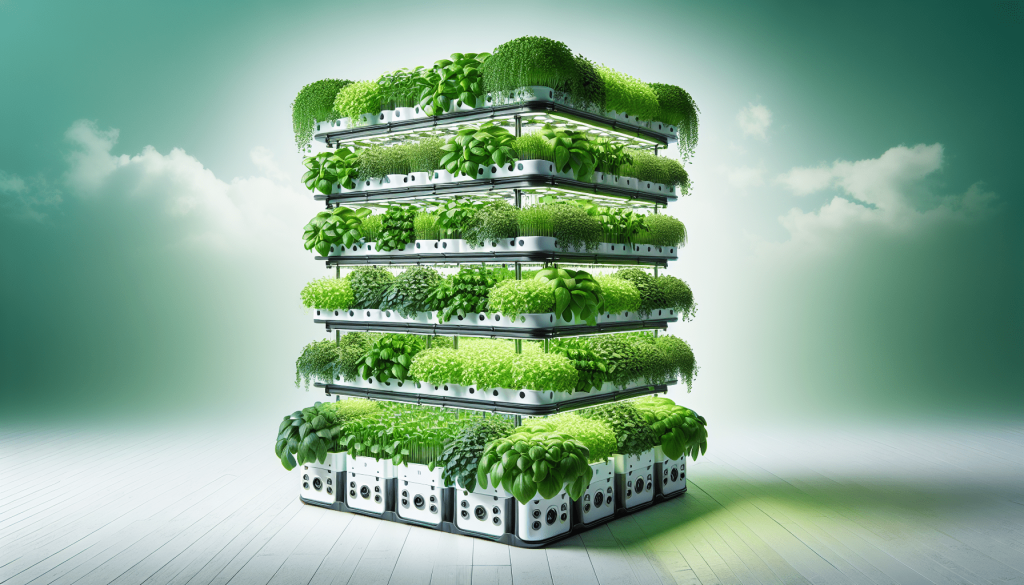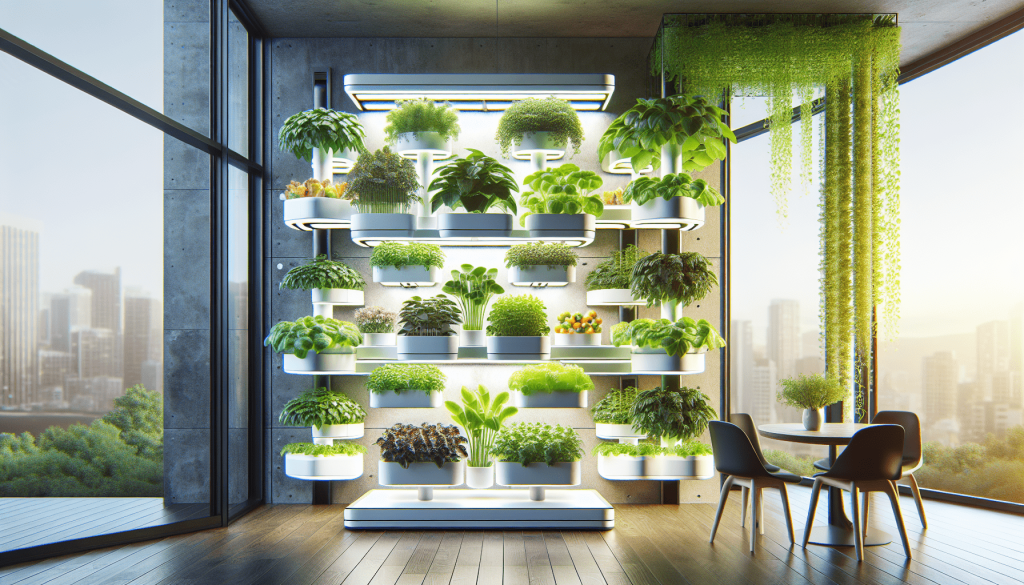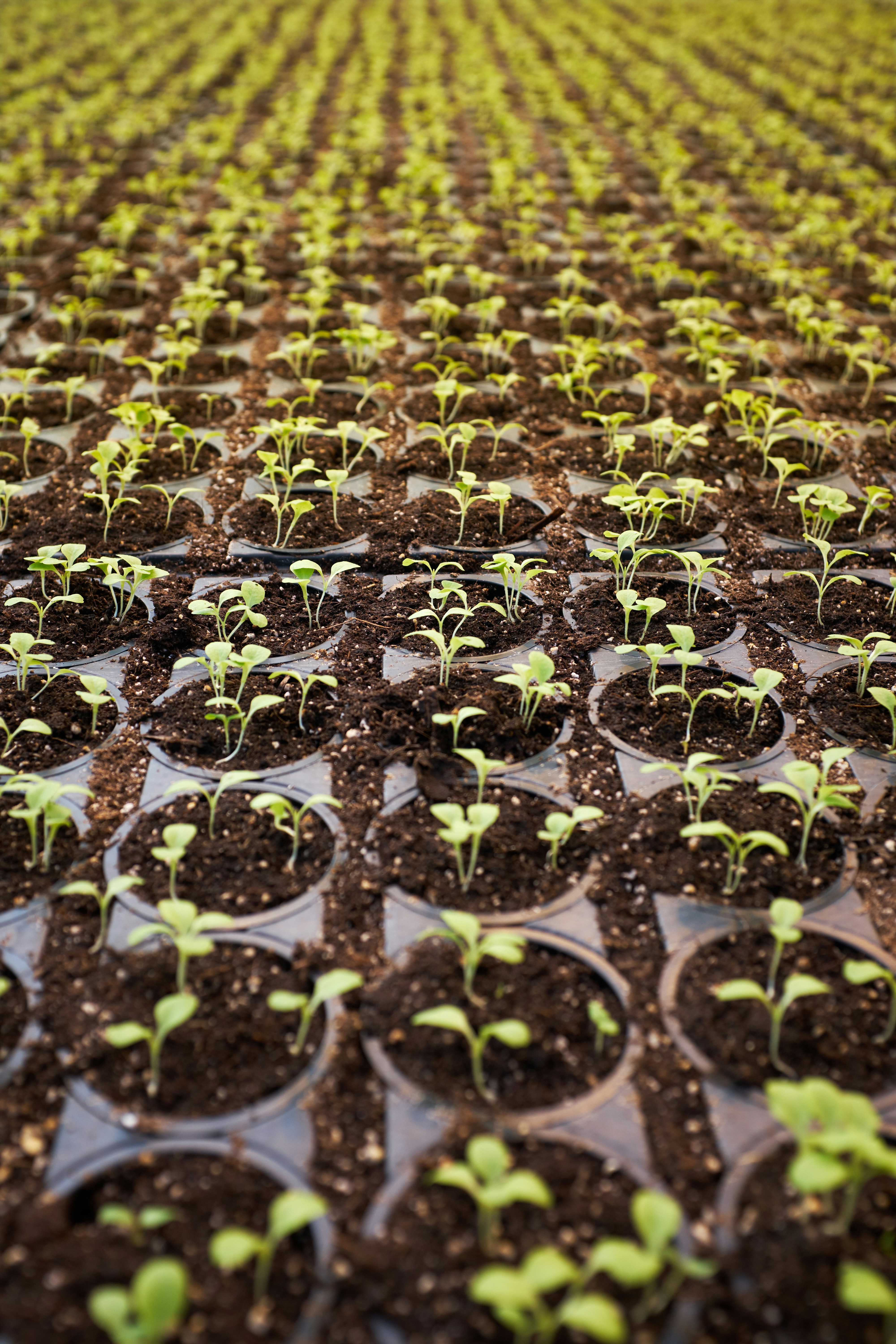
The Benefits of Hydroponic Systems
Hydroponic growing systems have numerous benefits for home gardeners. By delivering a nutrient-rich solution directly to the roots, plants can grow faster and produce more. This method conserves water, reduces the risk of soil-borne diseases, and allows for year-round cultivation.

Faster Growth and Higher Yields
With hydroponic systems, plants can absorb nutrients more efficiently, leading to faster growth and higher yields. This is great for home gardeners looking to maximize their crop production in limited space.
Water Conservation
Hydroponic systems use up to 90% less water than traditional soil gardening methods. This is not only beneficial for the environment but also cost-effective for homeowners who want to reduce their water usage.
Reduction in Soil-Borne Diseases
Eliminating the need for soil in hydroponic systems significantly reduces the risk of soil-borne diseases that can harm plants. This results in healthier plants and fewer losses due to pests and diseases.
Types of Hydroponic Systems
There are several types of hydroponic systems available for home gardeners, each with its unique advantages and disadvantages. Understanding the differences between these systems can help you choose the best one for your needs.
Wick System
The Wick System is one of the simplest hydroponic systems, making it ideal for beginners. It uses a wick to draw nutrients from the reservoir to the plant roots. While easy to set up and operate, this system may not be suitable for larger plants or crops that require more nutrients.
Water Culture System
In a Water Culture System, plants are suspended in a nutrient solution with their roots directly in the water. This system is inexpensive and straightforward, but it requires constant supervision to prevent algae growth and root rot.
Ebb and Flow System
The Ebb and Flow System, also known as the Flood and Drain System, involves flooding the plant roots with nutrient solution and then draining it back into a reservoir. This system provides a good balance of oxygen and nutrients for the plants, but it requires a timer to control the flooding cycles.

Nutrient Film Technique (NFT) System
In an NFT System, a thin film of nutrient solution continuously flows over the plant roots, providing a constant supply of water and essential nutrients. While this system is highly efficient for growing crops like lettuce and herbs, it can be challenging to maintain proper pH levels and prevent clogs in the tubing.
Drip System
The Drip System delivers nutrient solution directly to the plant roots through a network of tubes and drip emitters. This system is versatile and can be easily customized for different plant sizes and types. However, it can be prone to clogging and may require regular maintenance.
Choosing the Right Hydroponic System for Your Home
When selecting a hydroponic system for your home, consider factors such as space, budget, plant types, and your level of experience with gardening. Each system has its advantages and limitations, so it’s essential to choose one that suits your needs and preferences.

Space Considerations
The size of your space will dictate the type of hydroponic system you can use. If you have limited space, consider compact systems like the Wick System or Water Culture System. For larger areas, systems like the Nutrient Film Technique or Drip System may be more suitable.
Budget Constraints
Different hydroponic systems come with varying costs, depending on their complexity and features. Consider your budget when selecting a system and factor in additional costs for materials like grow lights, timers, and nutrient solutions.

Plant Variety
Certain hydroponic systems are better suited for specific types of plants. For instance, NFT Systems are ideal for leafy greens and herbs, while Ebb and Flow Systems are suitable for larger crops like tomatoes and peppers. Choose a system that can accommodate the plants you want to grow.
Experience Level
Beginners may find simpler systems like the Wick System or Water Culture System easier to set up and maintain. If you have more experience with gardening and hydroponics, you may opt for more advanced systems like the Ebb and Flow or NFT Systems.
Setting Up Your Hydroponic System
Once you’ve chosen the right hydroponic system for your home, it’s time to set it up and get started with your indoor gardening adventure. Follow these steps to ensure a successful and bountiful harvest.
Gather Materials
Before assembling your hydroponic system, make sure you have all the necessary materials, including containers, pumps, tubing, growing medium, nutrient solution, and pH testing kits. Having everything on hand will make the setup process smoother.
Assemble the System
Follow the manufacturer’s instructions or a reliable tutorial to assemble your hydroponic system correctly. Pay attention to details such as water flow, nutrient levels, and pH to ensure optimal plant growth.
Plant Your Crops
Once your system is set up, it’s time to plant your chosen crops. Make sure to space them out adequately, provide sufficient lighting, and monitor their growth progress regularly.
Monitor and Adjust
Keep a close eye on your plants and system to ensure everything is functioning correctly. Monitor water levels, nutrient concentrations, and pH levels regularly and make adjustments as needed to maintain healthy plant growth.
Harvest Your Crops
When your plants are ready for harvest, be sure to pick them at the right time to enjoy fresh, home-grown produce. Remember to clean and sanitize your system between crops to prevent the buildup of algae and harmful bacteria.
Maintaining Your Hydroponic System
To ensure the longevity and productivity of your hydroponic system, regular maintenance is essential. By following these maintenance tips, you can keep your system running smoothly and your plants thriving.
Cleanliness Is Key
Regularly clean and sanitize all components of your hydroponic system, including containers, pumps, tubing, and growing medium. This will prevent the growth of algae, mold, and harmful bacteria that can harm your plants.
Monitor Nutrient Levels
Check nutrient levels in your system regularly and make adjustments as needed to ensure your plants are receiving the right balance of essential minerals. Invest in quality nutrient solutions and follow manufacturer recommendations for optimal plant growth.
pH Balance
Maintain the proper pH balance in your nutrient solution to prevent nutrient deficiencies and maintain healthy plant growth. Test the pH levels frequently using a reliable pH testing kit and adjust with pH-up or pH-down solutions as necessary.
Inspect for Pests
Keep an eye out for pests that may infest your hydroponic system, such as aphids, spider mites, or whiteflies. Use organic pest control methods or introduce beneficial insects to keep pests at bay without harming your plants.
Regular Troubleshooting
Identify and address any issues with your hydroponic system promptly, such as clogged tubing, malfunctioning pumps, or nutrient imbalances. Regular troubleshooting can prevent problems from escalating and affecting your plant’s growth.
Conclusion
In conclusion, hydroponic systems offer an innovative and sustainable way to grow fresh, nutritious crops at home. By providing plants with direct access to essential nutrients and water, these systems promote faster growth, higher yields, and healthier plants. Whether you’re a beginner or experienced gardener, there is a hydroponic system to suit your needs and preferences. With proper setup, maintenance, and care, you can enjoy a bountiful indoor garden year-round. Consider the benefits and options available when choosing the right hydroponic system for your home garden.





